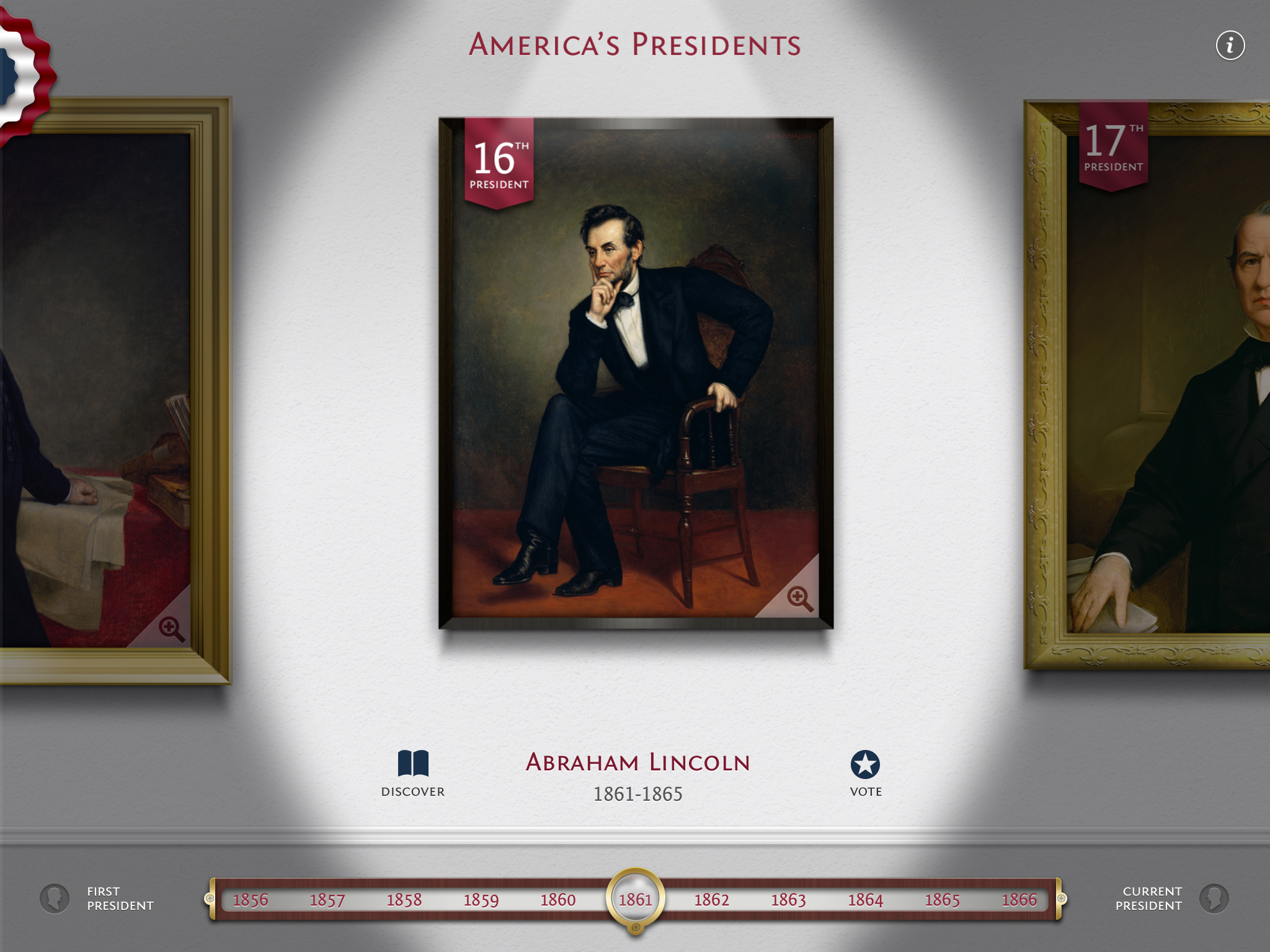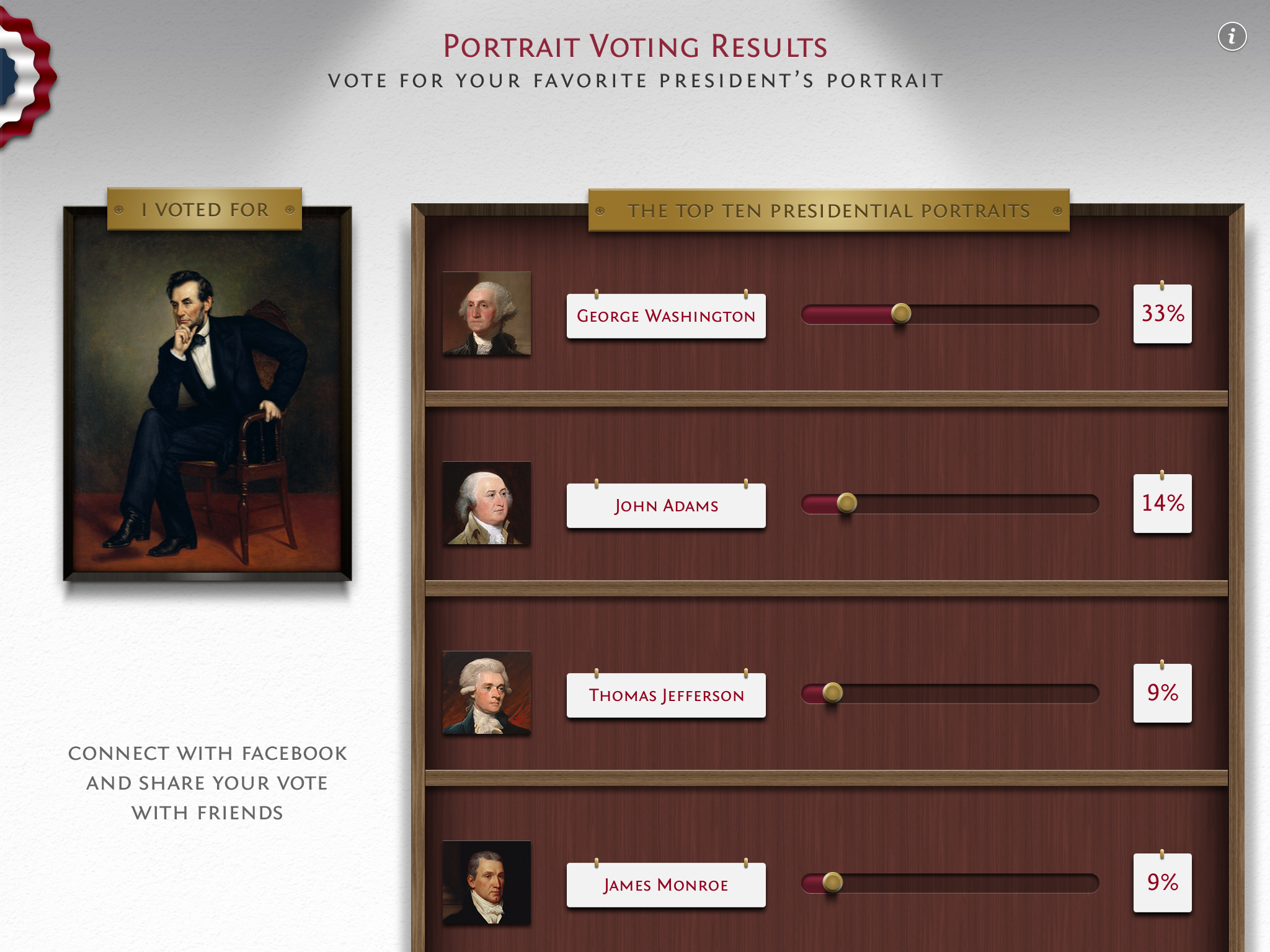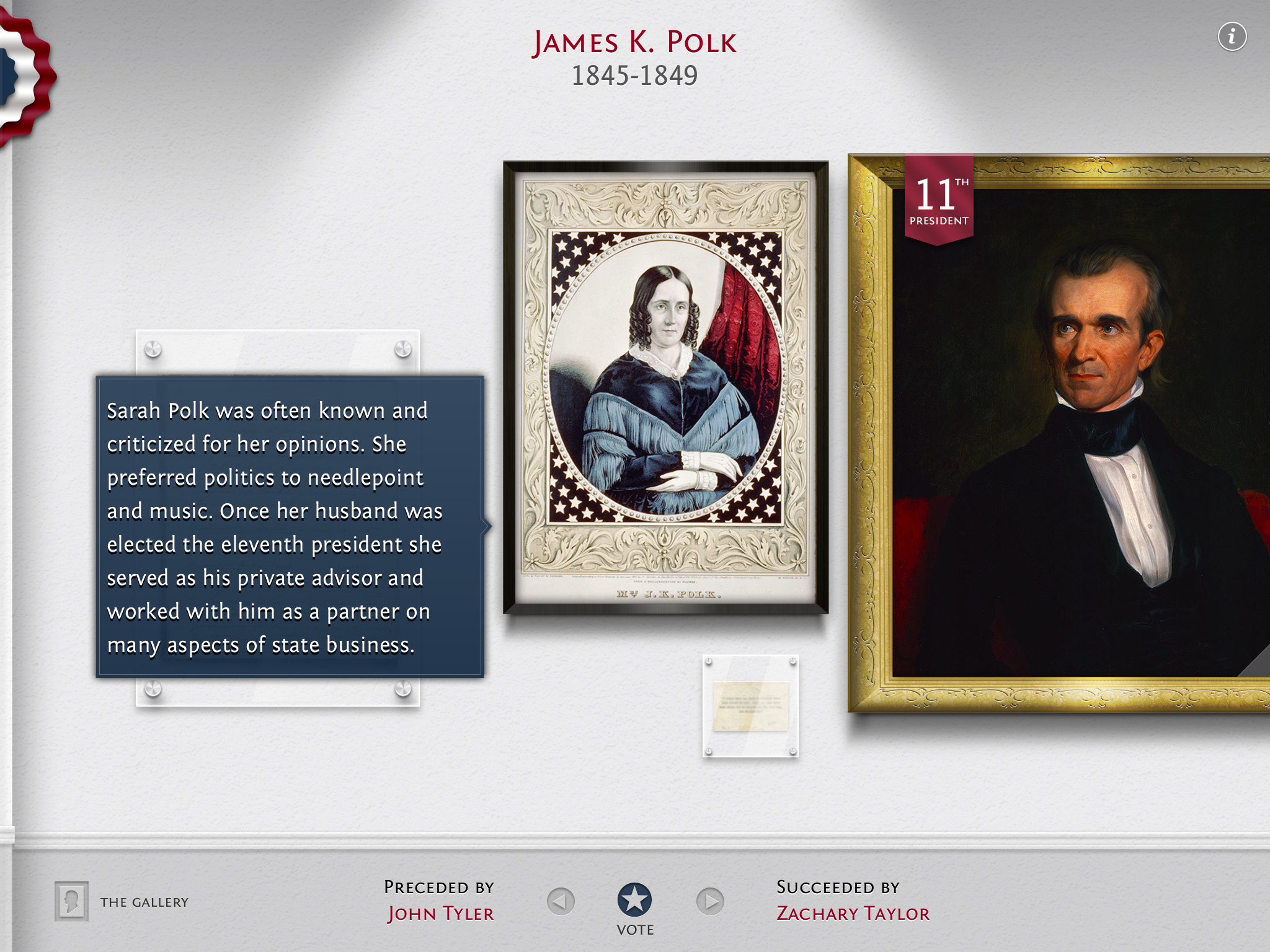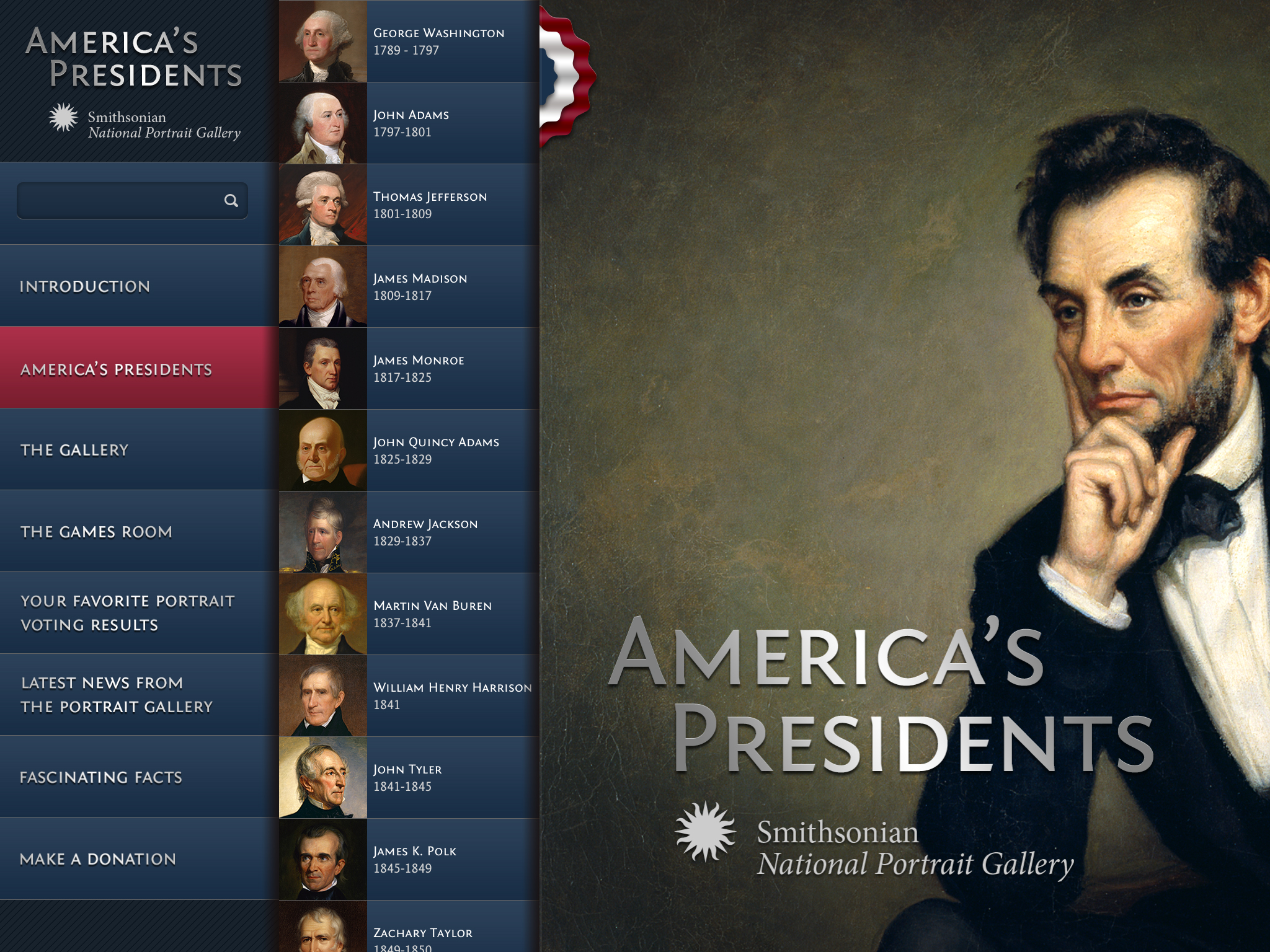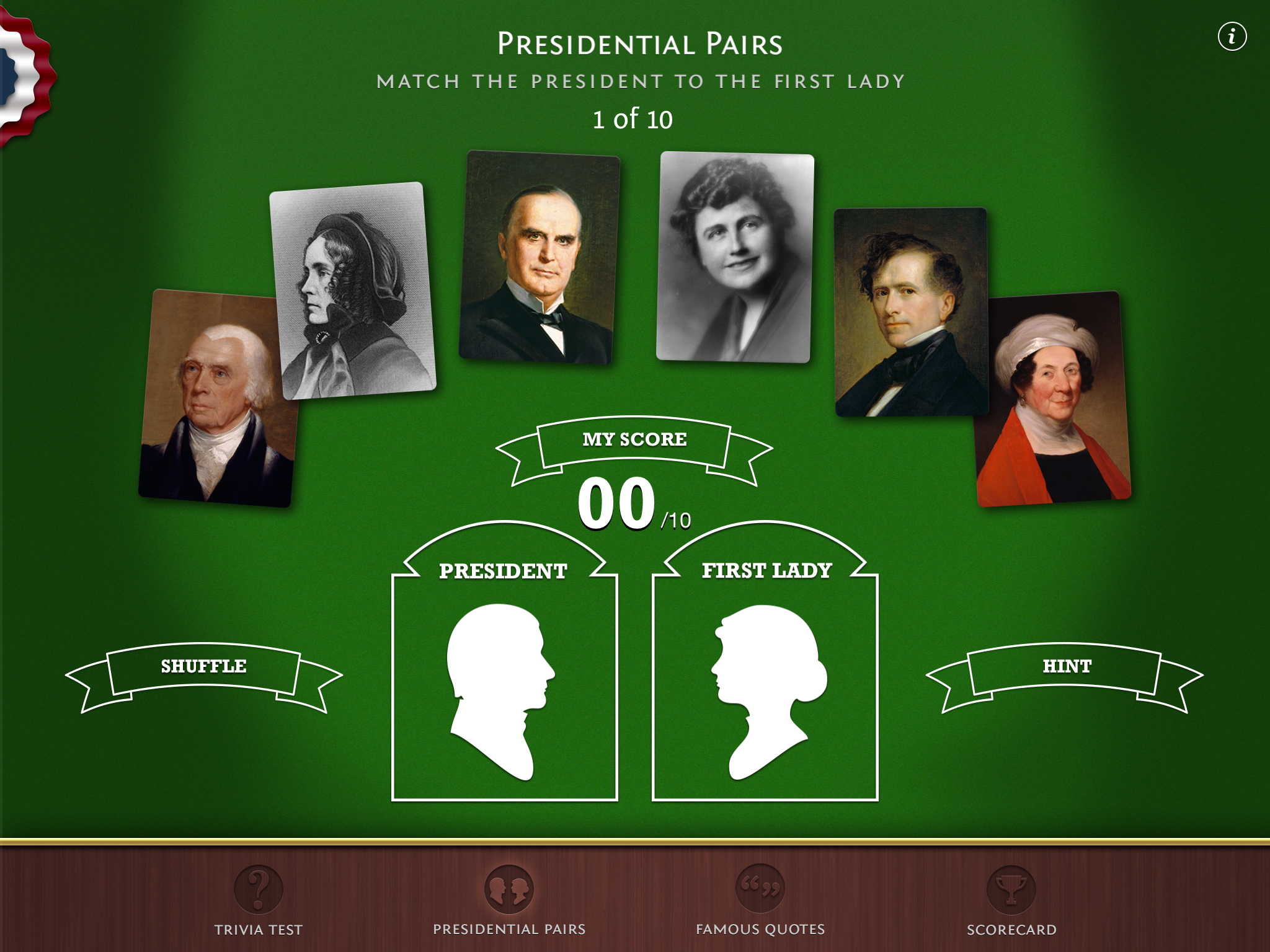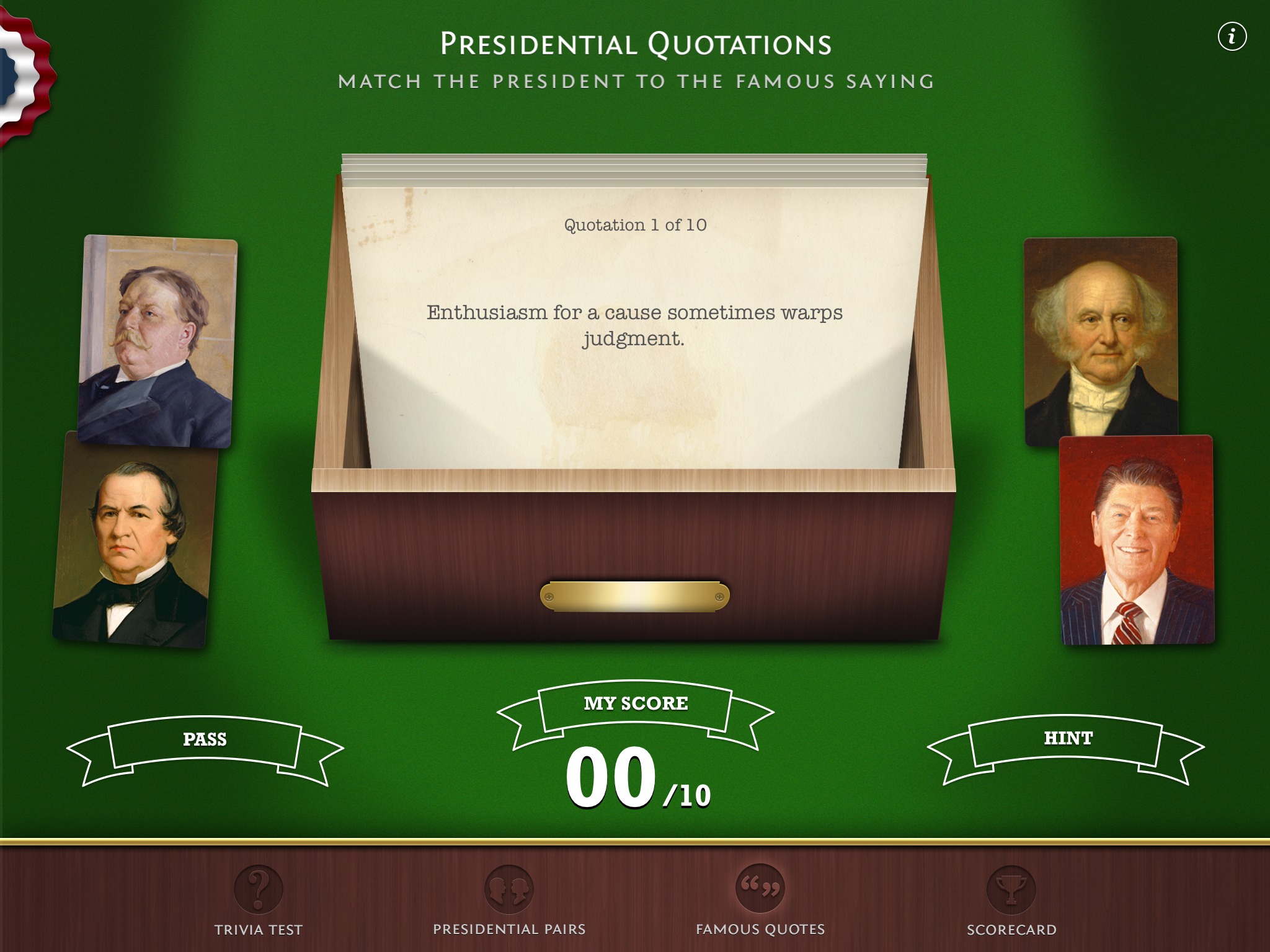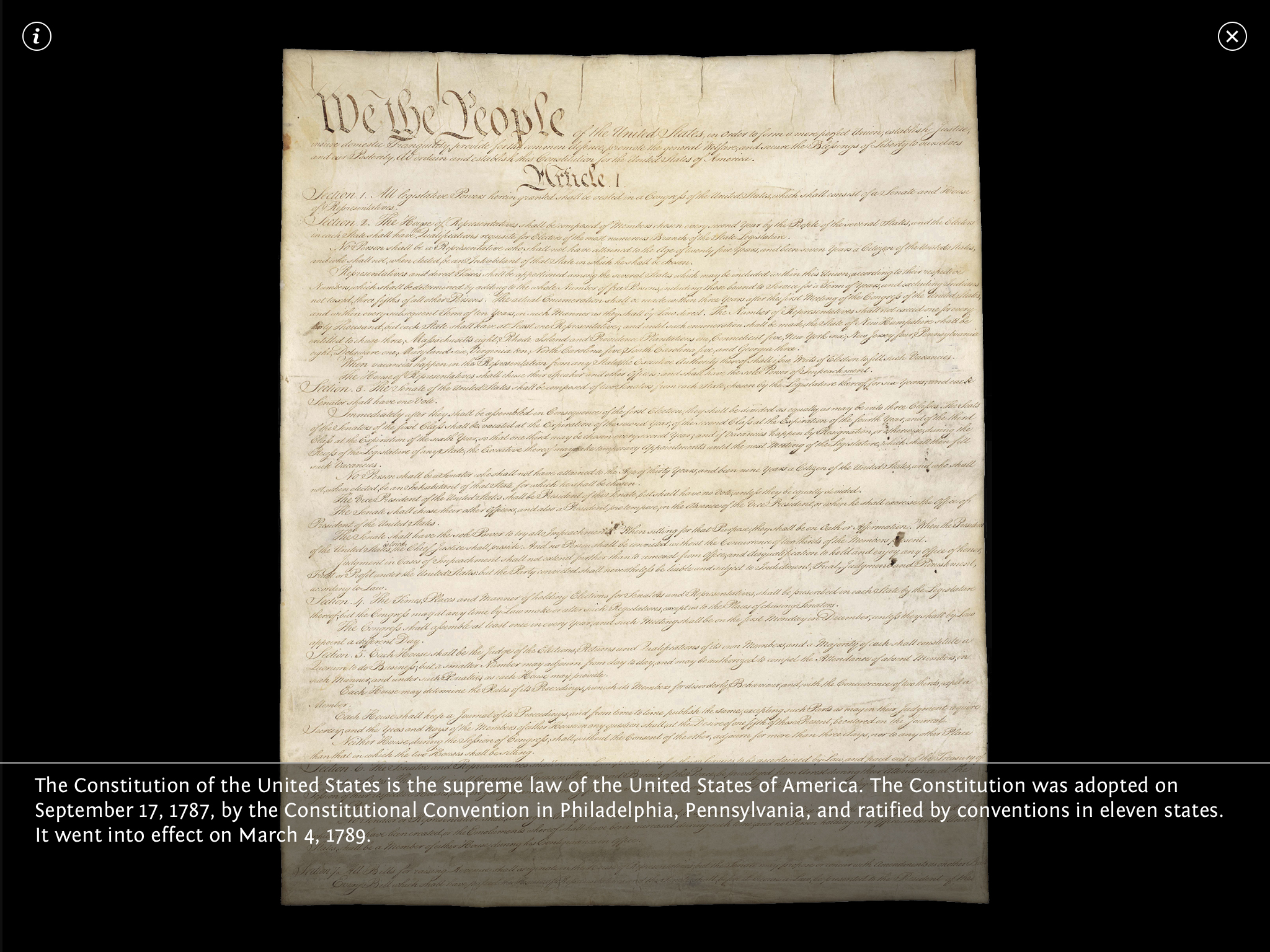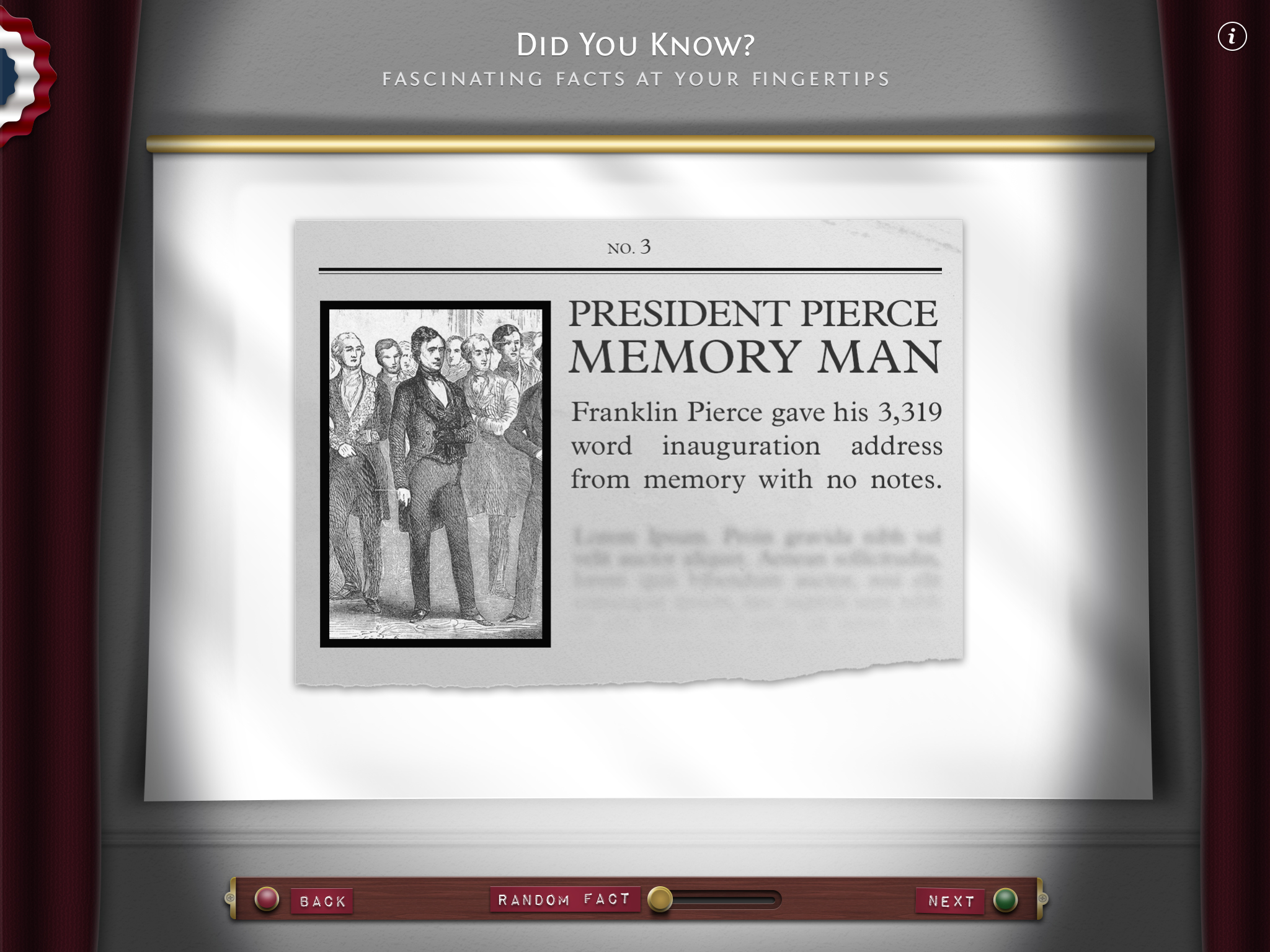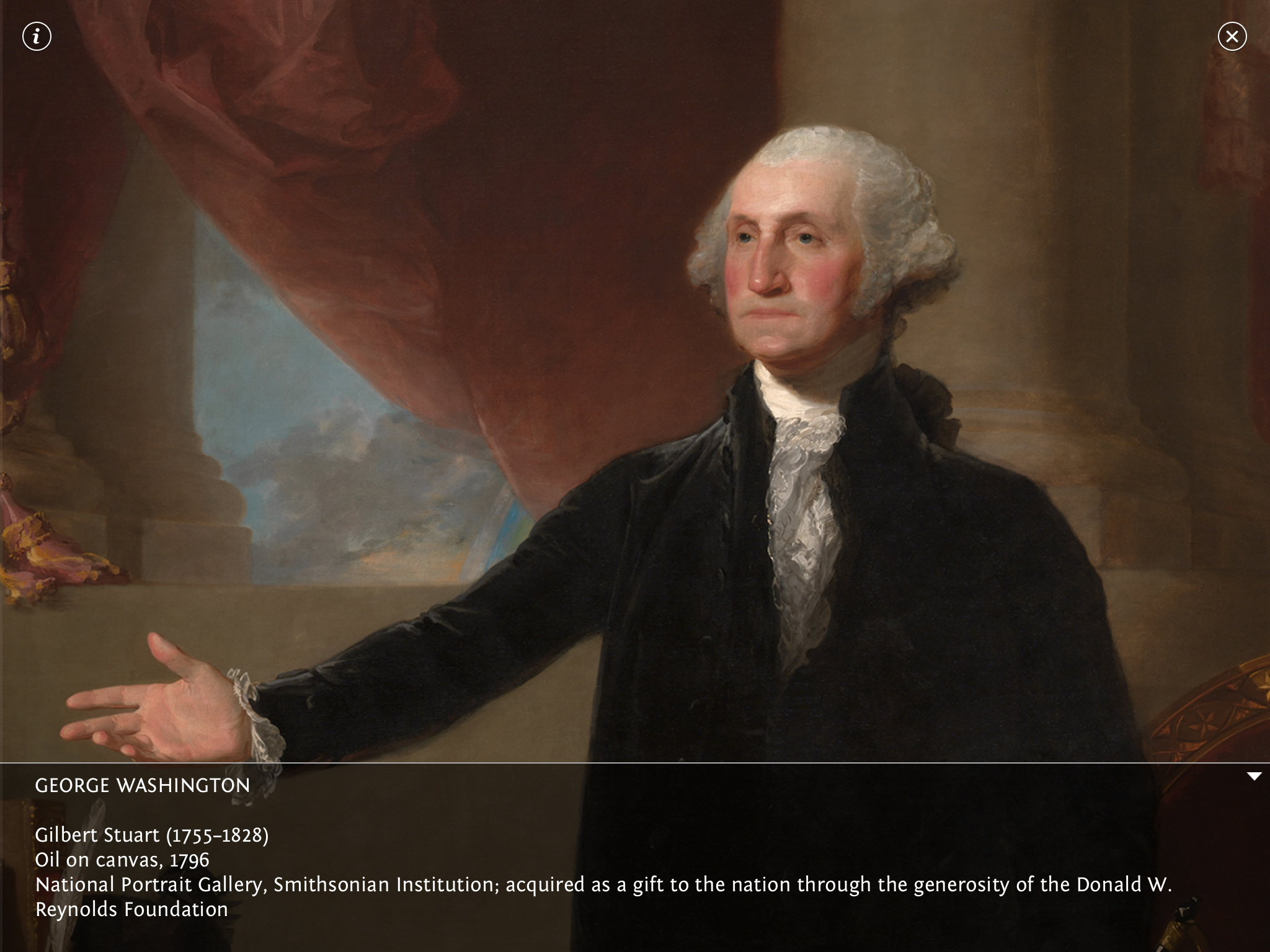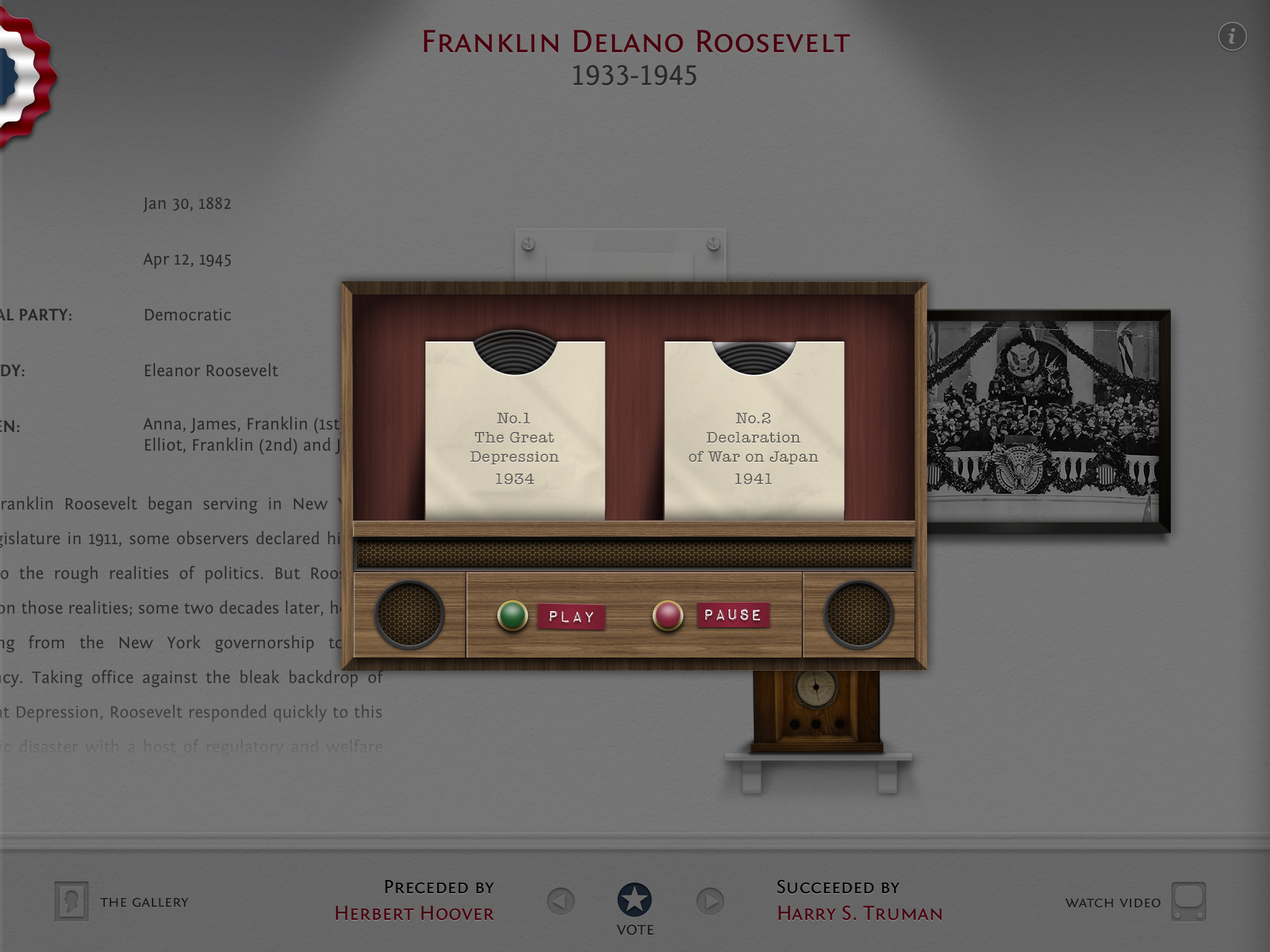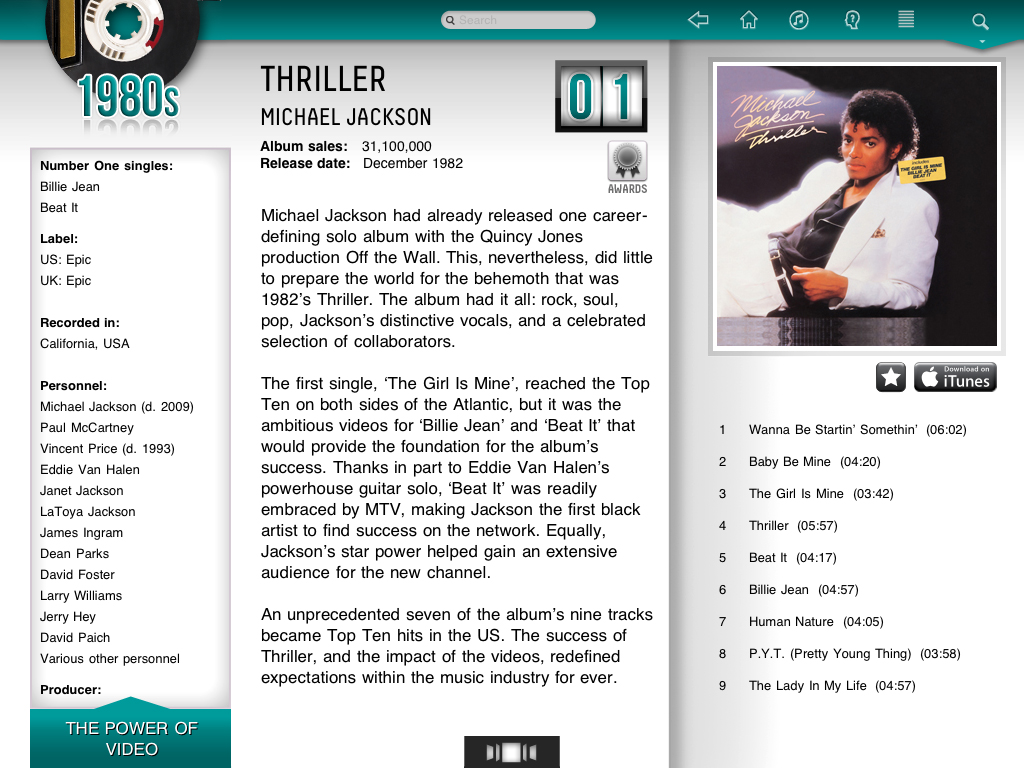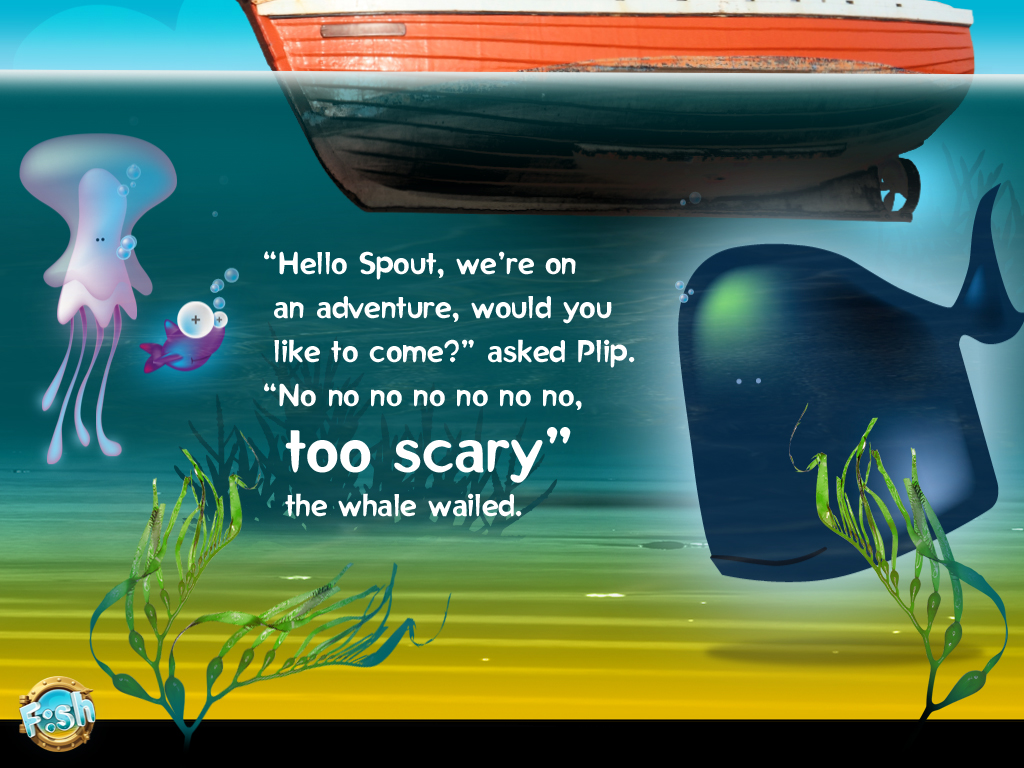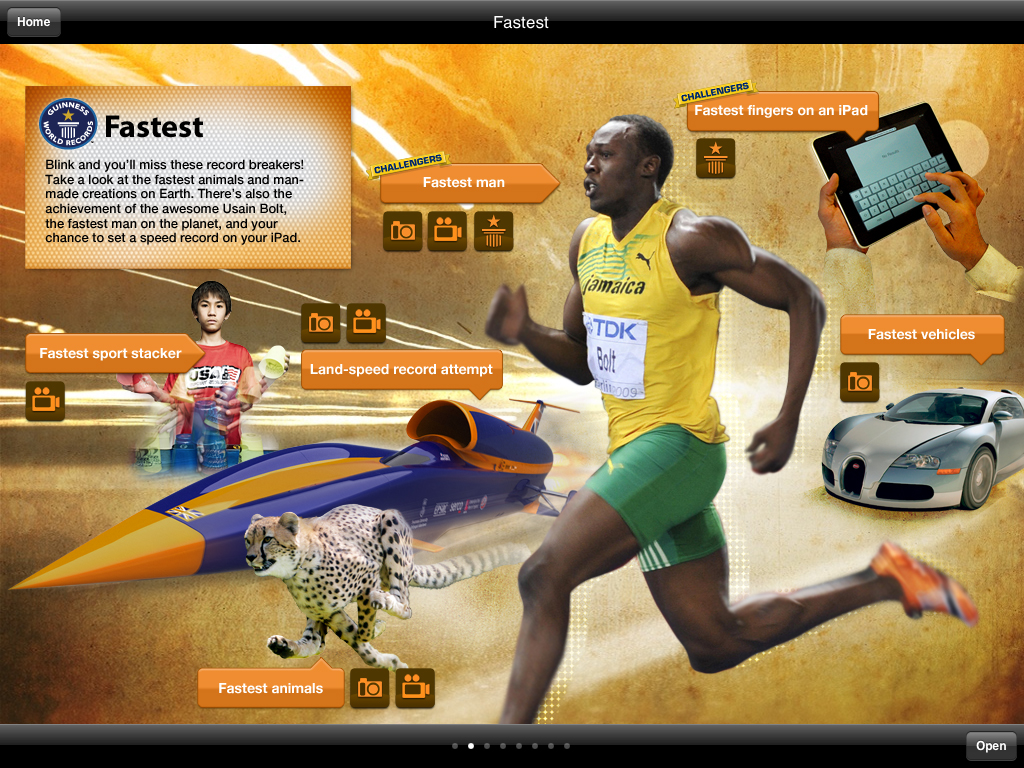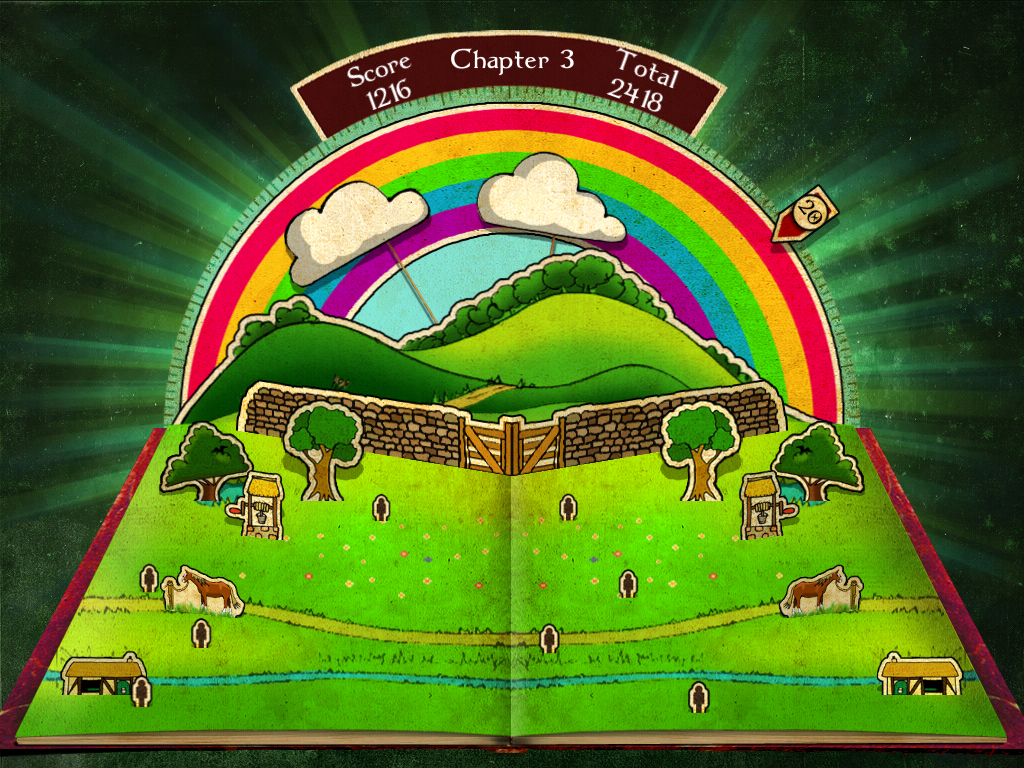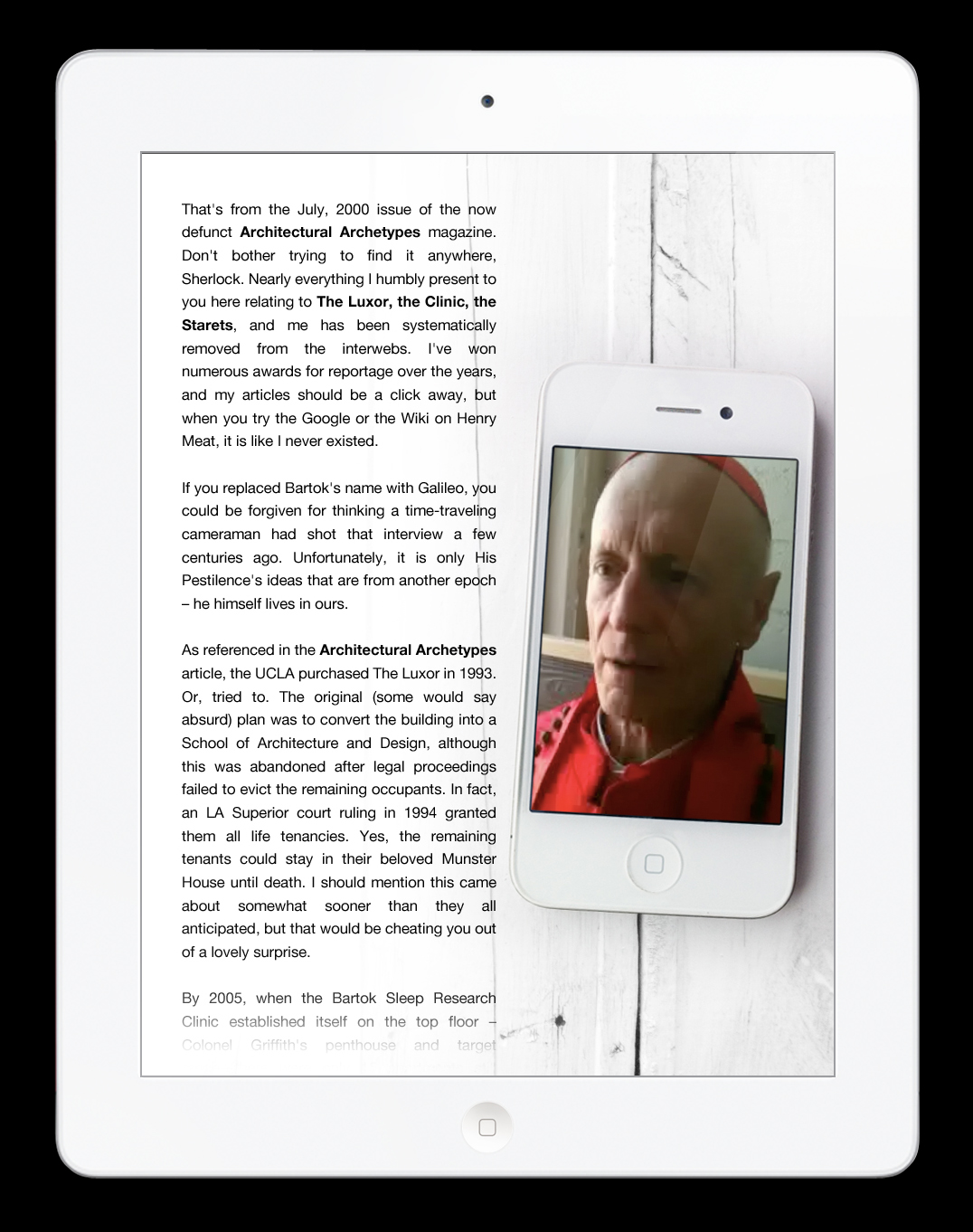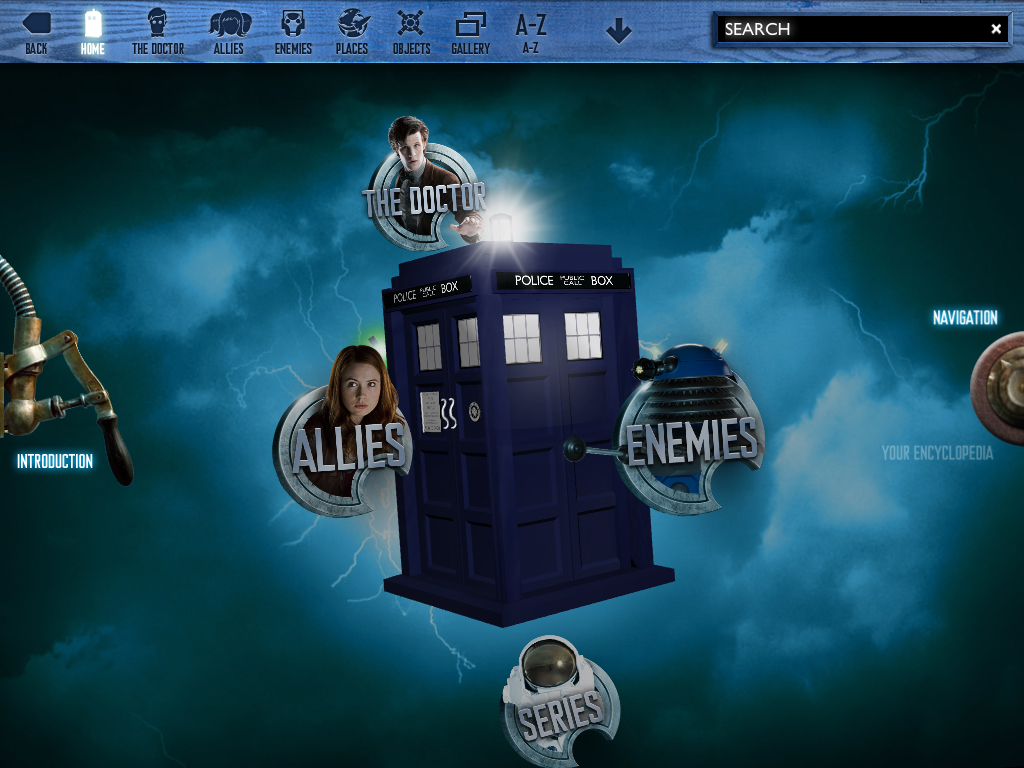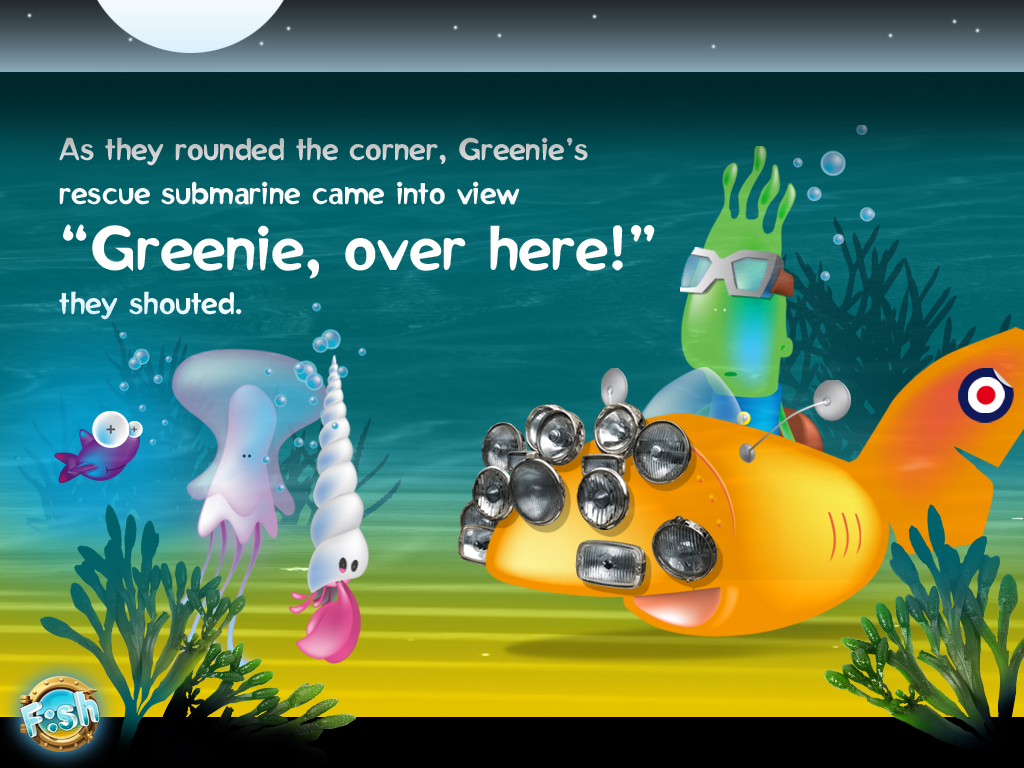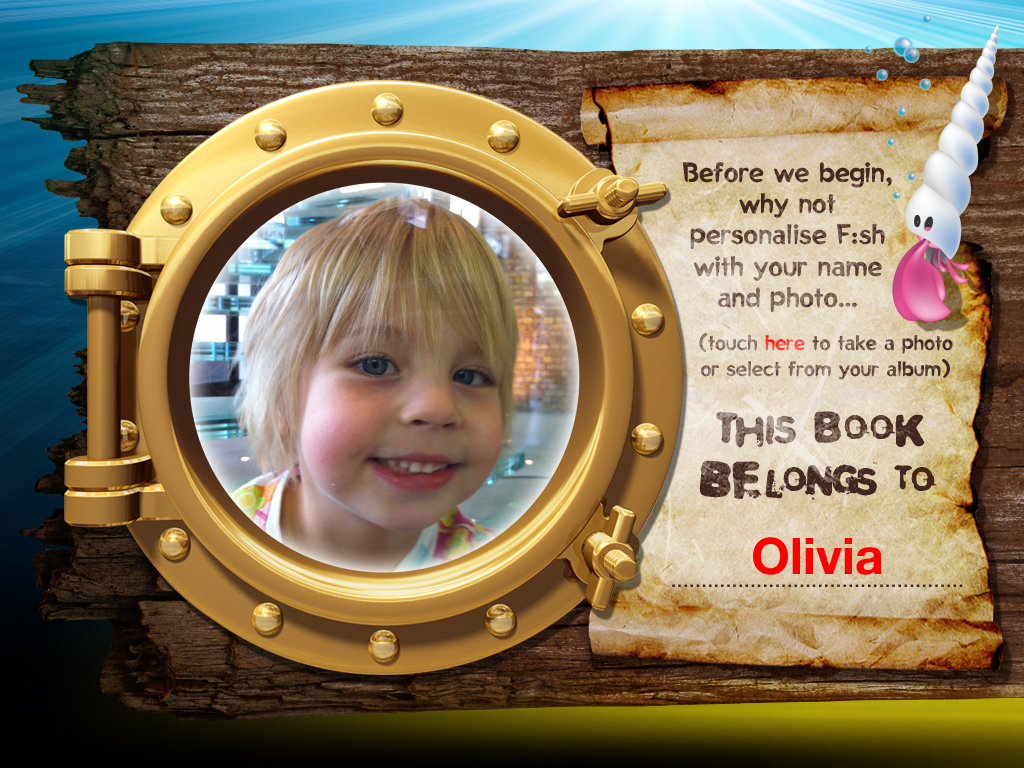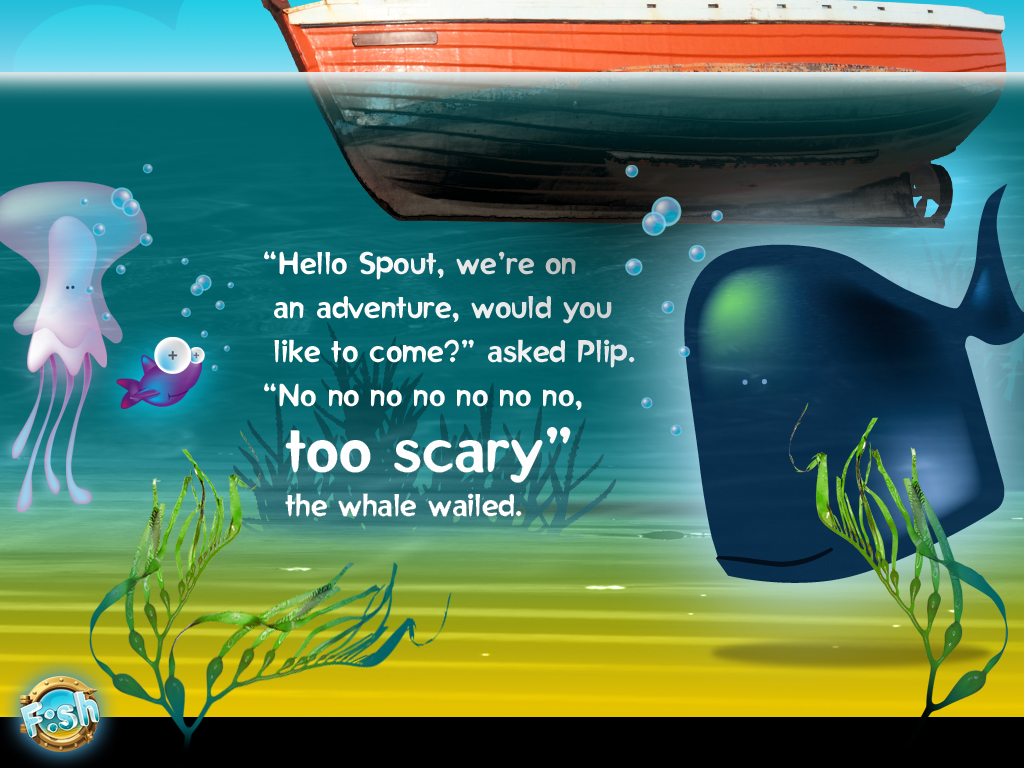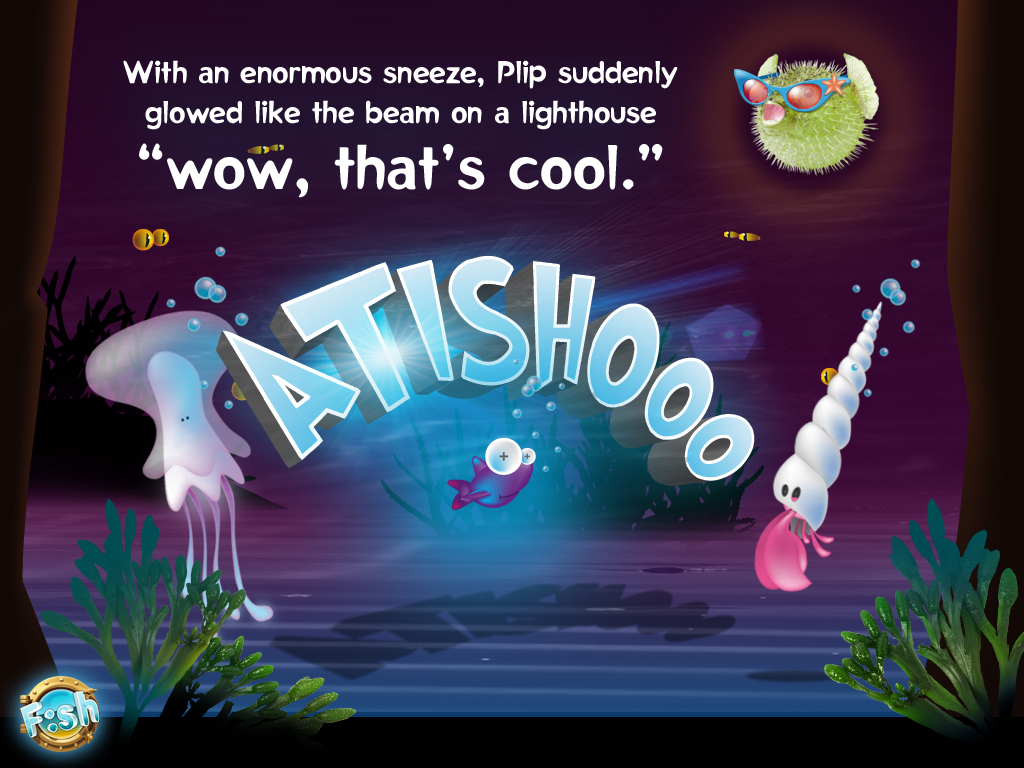If you know me or read my blog, you'll probably be aware of the fact that I'm no stranger to portraiture. The power to capture a fleeting moment of a lifetime's personality is a skill not to be taken lightly. Get the glint in an eye or the slant of a mouth wrong or a mis-angled eyebrow inflection and suddenly, the portrait is of someone else entirely.
This pressure to bottle the essence of an individual then apply the visual entity to canvas holds no greater importance than when the subject is the leader of the free world. When Brandwidth were given the opportunity to work with the Smithsonian National Portrait Gallery in Washington DC we naturally (but reverentially) jumped at the chance.
So, how do you approach a project about America's figureheads without going over ground already covered by a number of other iPad apps? Well, we weren't keen to take the route of many whereby they regurgitate Wikipedia entries, shroud them in an uninspiring digital interface then spit them back out into the App Store. Others cater directly to the education market and dress the information appropriately – i.e. they appeal to kids, rather than the wider audience.
We knew we had unique (and official) access to a stunning collection of portraits, original supporting documents and artefacts. This wasn't going to be an exercise in creating 'the ultimate resource of all information about the US Presidency ever'. We wouldn't be using this as our catchy headline.
Instead, we tackled the artwork head-on, literally allowing the audience to get closer to every brushstroke in a Retina environment reminiscent of the gallery itself. This isn't a book, it's not a reference guide, it's a virtual visit to the gallery. Head straight to your President of interest or browse the full collection via the gallery's walls, delving further to discover the First Lady's portrait, historic documents, the contents of Abraham Lincoln's pockets, FDR's fireside radio broadcasts, 'Portrait in a Minute' video interviews or images of the Presidential pets.
But it's not all brush strokes and gilt frames. We took a light-hearted approach to learning about the facts behind the faces, with some interactive fun in the Games Room: test tantalising trivia, place the President with the quote and even play Presidential pairs by matching the leader to his First Lady. It's a fun way to learn and as we'll be adding more facts with future updates, the content will stay fresh. In four years, we'll even add another President!
But don't wait for another election, you can take part in a popularity contest via the app! We thought it would make an interesting feature to give you all the opportunity to vote for your favourite portrait so we gave each work of art a 'vote' button. The Leaderboard is illustrated live in the app and votes accumulate on our Facebook page to show the outside world if Washington, Lincoln or Kennedy's portrait is flavour (or flavor) of the month.
Our visit to Washington last month for Barack Obama's Inauguration gave us the perfect opportunity to launch the America's Presidents microsite so I'm not going to use any more pixels here when you can find out more there and download here for the promotional launch price of $4.99/€4.49/£2.99 to Celebrate President's Day.
It's great to finally write about a new app but you'd be forgiven for thinking we've been sat around with nothing to do for the past 12 months – our public launch (i)pad has been decidedly empty. Not so, we've been shut behind a wall of NDAs with some stunning clients and partners from Disney and Warner Music to Apple and Intel. There's a busy year ahead for Brandwidth and the wider technology industry and it remains entertaining and frustrating in equal measures as tech pundits speculate about the 'next big thing'.
Perhaps our next app should be The Vatican's Popes as that seems another hot topic right now...
